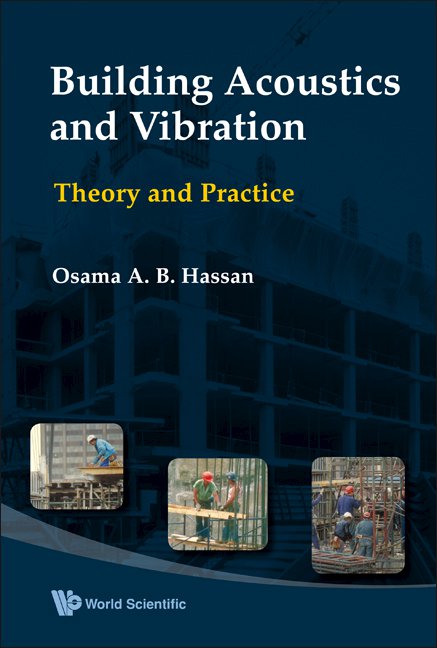System Upgrade on Tue, May 28th, 2024 at 2am (EDT)
Existing users will be able to log into the site and access content. However, E-commerce and registration of new users may not be available for up to 12 hours.For online purchase, please visit us again. Contact us at customercare@wspc.com for any enquiries.
As a comprehensive reference dedicated to sound and vibration in buildings, Building Acoustics and Vibration addresses the basic and advanced principles that can be used to solve practical and theoretical problems typically encountered in building and architectural acoustic practices. In addition, physical and mathematical concepts are introduced and developed sufficiently to make this publication a self-contained and up-to-date source of information for readers.
Building Acoustics and Vibration is a must-have textbook for engineering students, engineers, and consultants involved in the sound, vibrations and building environment. With comprehensibility and versatility in the presentation of knowledge, this highly anticipated publication will easily fill the gap in the literature of building engineering and sciences, which presently lacks an authoritative guide on the theoretical and practical aspects of building acoustics and vibration.
Sample Chapter(s)
Chapter 1: An Overview of Building Acoustics and Vibration (7,788 KB)
Contents:
- An Overview of Building Acoustics and Vibration;
- Fundamental Building Acoustics
- Single Number Ratings and Test Methods
- Airborne Sound Insulation
- Impact Sound Isolation and Insulation of Floors;
- Flanking Sound Transmission
- Sound Insulation of Doors and Windows
- Outdoor Sound Propagation
- Room Acoustics
- Air Distribution System Noise
- Vibrations in Buildings
Readership: Civil engineers, consultants in sound and vibration, building engineers, and graduate and post-graduate students in civil engineering.

























